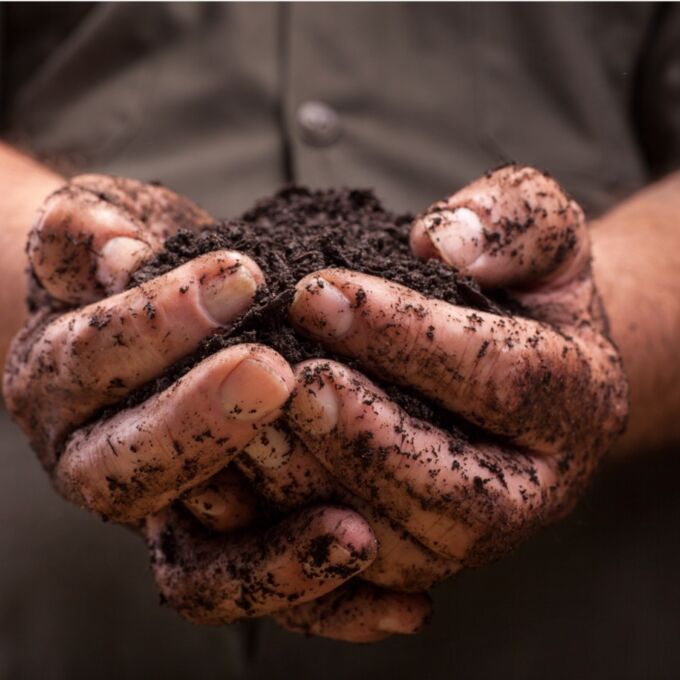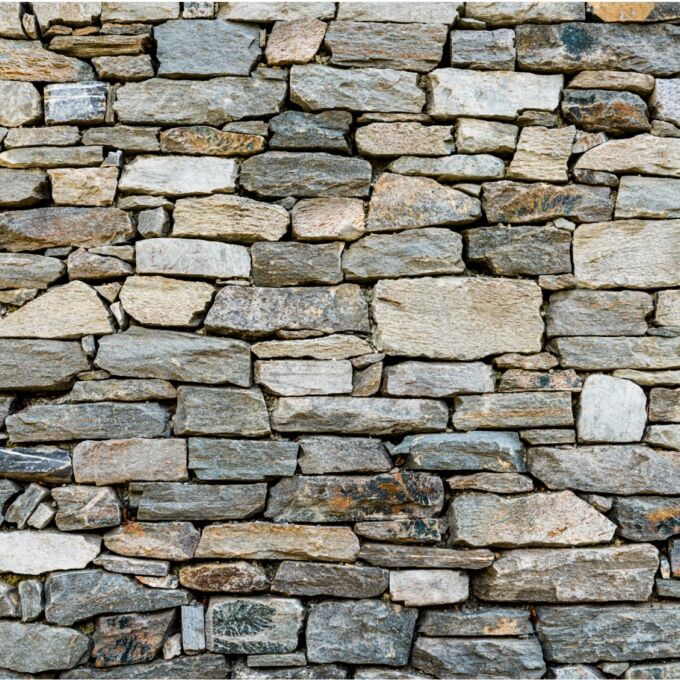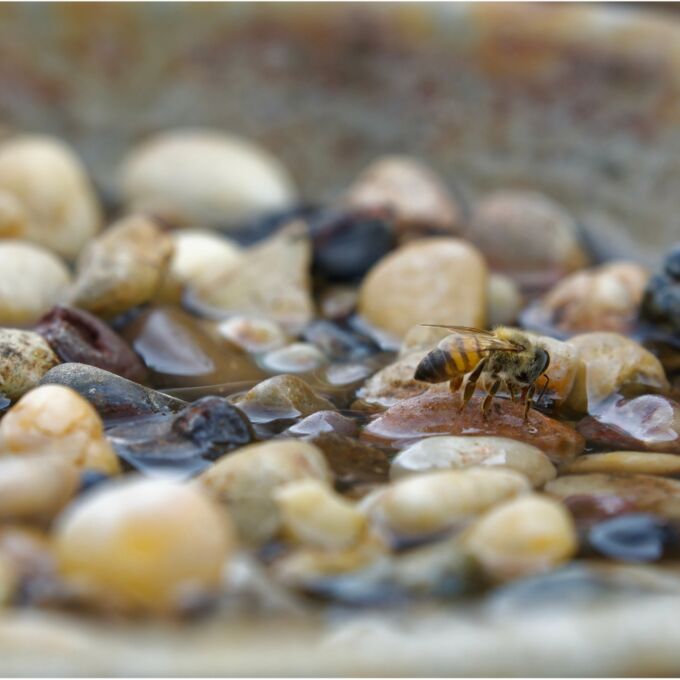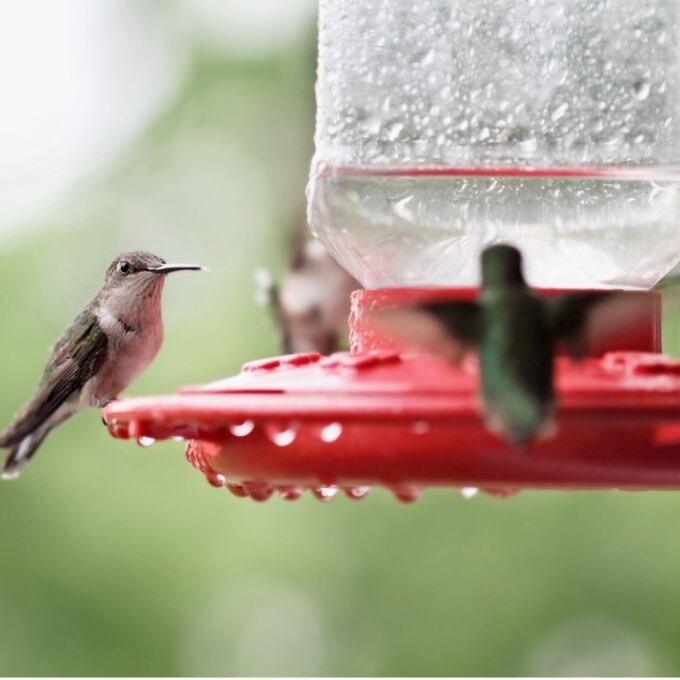
Nesting Sites
Similar to birds, insects need safe places in the landscape to lay their eggs.
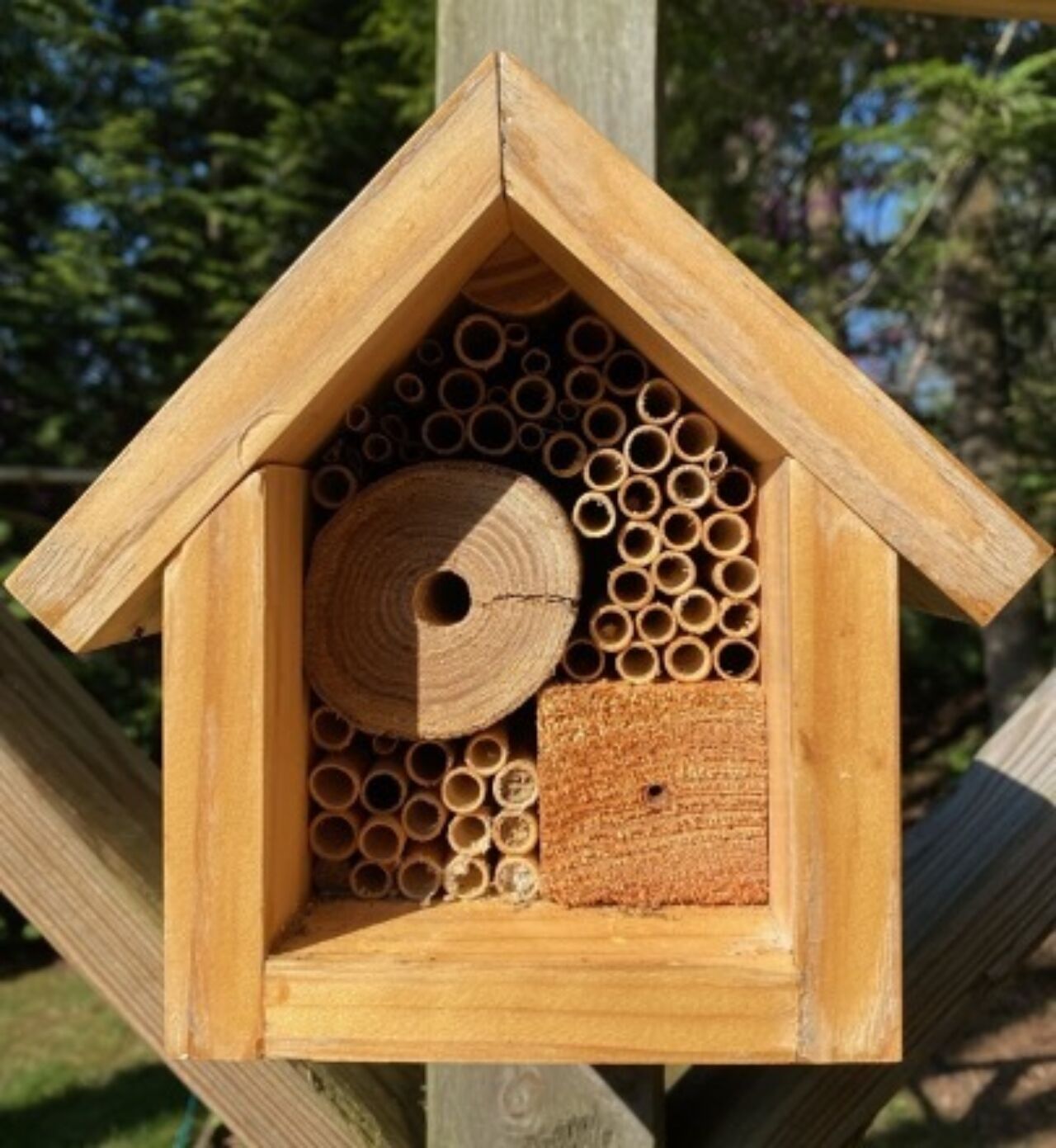
Nest locations vary by species, so providing several types of nests will increase the insect diversity in your garden. Some pollinators like butterflies, beetles, and flies lay their eggs directly on the leaves of plants. Bees nest underground or in plant cavities such as decaying trees or hollow plant stems.
Bee hotels are a great way to support pollinator diversity in home gardens.
One of the first natural features to be removed from an urban landscape is dead trees. That leaves 1/3 of bees without suitable nesting habitat. Bee hotels replicate natural plant cavities for solitary, cavity nesting species such as mason bees (Osmia), leafcutter and resin bees (Megachile), carpenter bees (Xylocopa), wool carder bees (Anthidium), and solitary wasps. These bees are not aggressive as they do not have a hive to defend. The hotels themselves require little management, making them an easy addition to any garden.
Click each card to learn more ways to enhance your pollinator garden:
Most species of bees nest in the ground, digging tunnels to lay their eggs. Bees prefer sandy, loamy soil in a matrix of small rocks and patches of grass or short vegetation. Consider raking away vegetation in an already sparse area of your lawn or garden to expose even more soil. If you live in a clay-rich region, make a sandy, loamy soil mix free of fertilizer to replace soil in a desired area about a foot (30 cm, 12 in) deep.
A rock wall can be a beautiful feature in your yard and provide places for insects to nest, such as bumble bees.
All living things need water. If you don’t have the time or space to install an elaborate pond, consider creating a small, shallow water dish. Add rocks of varying sizes to your dish to provide a place for insects to sit while they drink. Insects cannot land directly in water, as their small bodies get stuck in the surface tension and eventually drown. To prevent mosquitoes from breeding, change the water every week.
Attract Ruby-throated Hummingbirds with a feeder. Making nectar is easy and affordable: 1 parts white sugar to 4 parts water. Boil to dissolve the sugar, then let the solution cool. No need to add red food dye or substitute sugar alternatives- these can actually make hummingbirds sick! Clean with warm water and mild soap twice a week to prevent mold growth. Extra nectar can be stored in the fridge for a week at a time.

